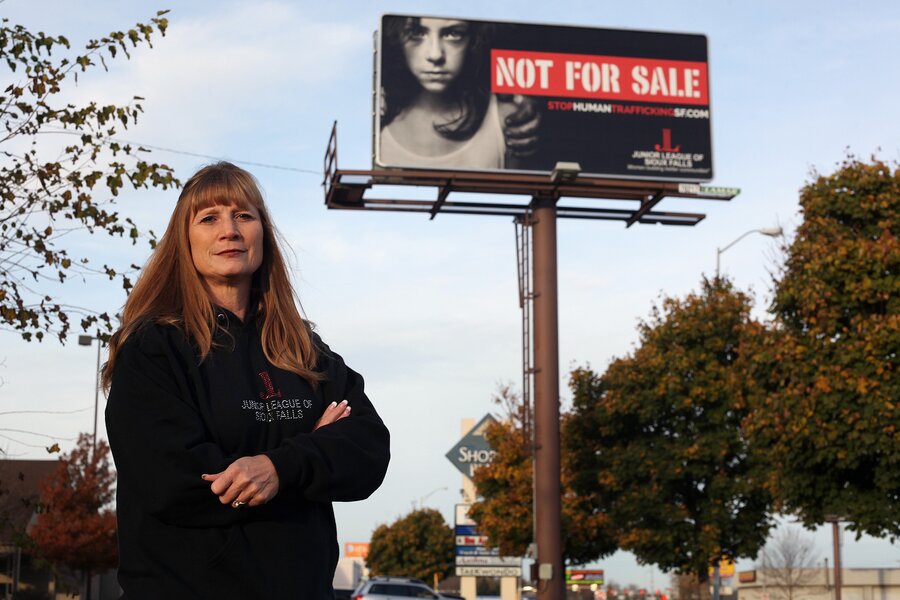Why do sex traffickers pick South Dakota?
Loading...
Ranked 46th for crime and 50th for unemployment, according to the 2010 US Census, South Dakota seems an unlikely hub for sex trafficking, which is why the number of recent trafficking cases in this rural state came as such a surprise to state law enforcement.
“We can no longer say this is rural, safe South Dakota,” Jenise Pischel, program coordinator at Our Home Inc., a non-profit that helps trafficked girls, told the Associated Press. “It’s happening in the quietest of places across our nation, not just here.”
After investigating suspicious ads on the Web, state officials asked for federal resources and began educating locals, such as motel and hotel workers, on the typical characteristics of trafficked women. And as a result, federal law enforcement has pursued more than 50 sex trafficking cases in the state and won dozens of convictions in the recent years.
“We’re just a friendly state and I think traffickers see this as a trusting place and think ‘They’re never going to catch me. They’re not so bright,’” Pischel added. “Well, we seem to be catching an awful lot of them.”
Although South Dakota’s remoteness once made it seem disconnected from issues such as sex trafficking, experts say it is likely the same reason traffickers have found success in the rural state. Brendan Johnson, a former US attorney, says the traffickers probably moved to South Dakota “to be a bigger fish in a smaller pond,” so they could have easy trafficking access to Midwest states with less competition.
South Dakota also ranks third for proportion of Native Americans in its population, with 8.5 percent of the state’s population identifying as "American Indian." And one in eight South Dakotans lives below the poverty level – two other factors that some experts say offer an explanation as to the high sex trafficking rates.
“You’ve got a number of perfect-storm factors,” Sarah Deer, a law professor at William Mitchell College in Minnesota and an expert on domestic violence in Native American communities, told the Associated Press. “You’ve got poverty, you have high, high rates of sexual abuse, which is often a precursor to prostitution and you have just a sense of desperation on the reservation in terms of day-to-day life.”
Deer says sex traffickers tend to find young Native American runaways with drug or alcohol addictions, because they are often susceptible to traffickers’ offers. And while trafficking is “not a new crime” in the state, the recent state-federal partnership has helped give the issue “new recognition.”
But local communities in South Dakota did not stop once the problem had been identified. Several organizations have stepped up and developed programs that help victims after their abuser has been captured by authorities.
The state’s Junior League has lectured on trafficking at schools, financed billboard ads, and sponsored educational ads. Wiconi Wawokiya, an organization committed to ending domestic violence on reservation communities, plans to open the Pathfinder Center in an old motel, a place where victims can receive counseling, shelter, and emotional support once their abuser has been caught.
“We’re sending the message to the men who are doing this: ‘Don’t come to our state. Drive on,'” Kevin Koliner, a federal prosecutor, told the Associated Press. Koliner helped to prosecute Mohammed Sharif Alaboudi, a South Dakotan convicted of sex trafficker who is now serving four life terms in prison.
Material from the Associated Press was used in this report.






